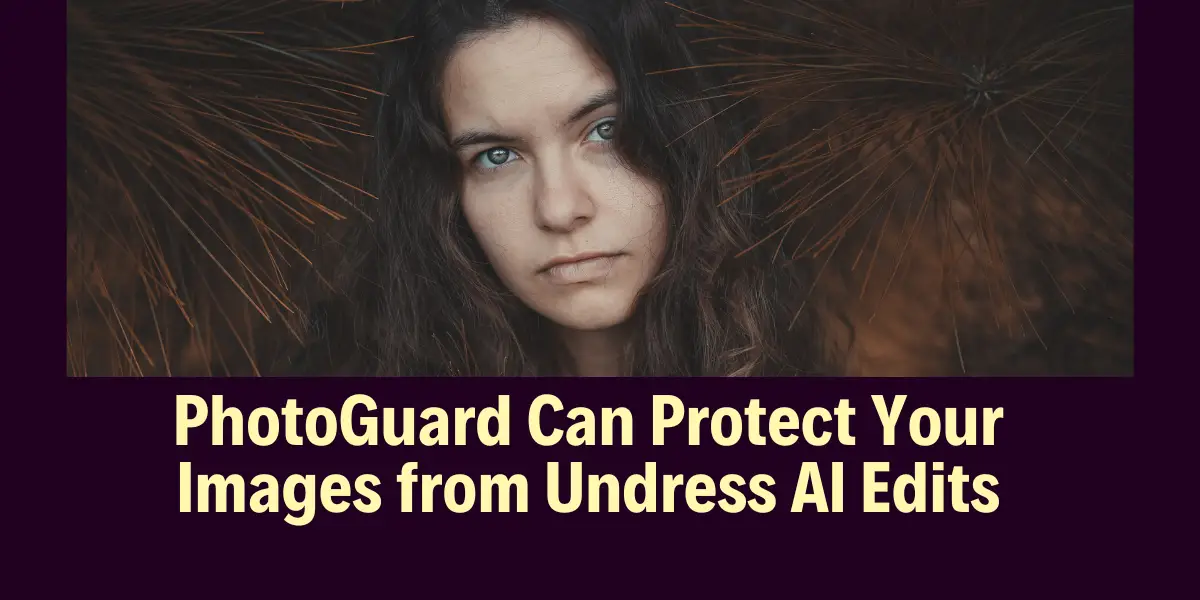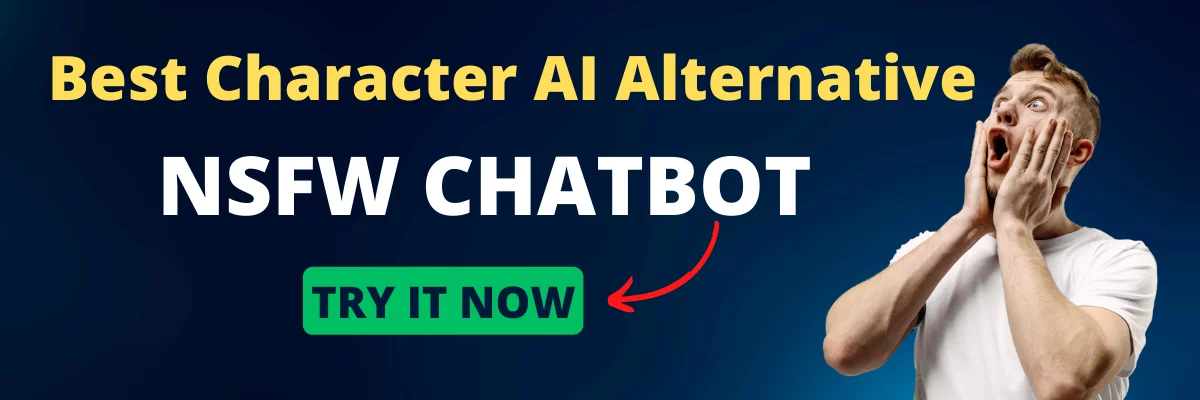PhotoGuard Can Protect Your Images from Undress AI Edits

In an era where artificial intelligence (AI) has the power to create and manipulate images, the risk of misuse is a growing concern. Enter PhotoGuard, a groundbreaking AI tool developed by MIT’s Computer Science and Artificial Intelligence Laboratory (CSAIL), designed to protect your images from unauthorized AI edits, specifically from tools like Undress AI.
Table of Contents
What is PhotoGuard?
PhotoGuard is an innovative technique developed by MIT CSAIL researchers. It employs perturbations, minuscule alterations in pixel values that are invisible to the human eye but detectable by computer models. These perturbations effectively disrupt AI models’ ability to manipulate images, offering a preemptive measure against potential misuse.
What Can PhotoGuard Do?
PhotoGuard works by altering select pixels in an image such that they will disrupt an AI’s ability to understand what the image is. These “perturbations,” as the research team refers to them, are invisible to the human eye but easily readable by machines. The tool uses two distinct “attack” methods to create these perturbations: the “encoder” attack and the “diffusion” attack. The encoder attack targets the AI model’s latent representation of an image, making it extremely difficult to manipulate. The diffusion attack is more sophisticated, defining a target image and optimizing the perturbations to make the final image resemble the target as closely as possible.
Read More About:What is ChadGPT:Everything You Need To Know
What is Undress AI?
Undress AI is a service that allows users to manipulate images in a way that can be considered inappropriate or harmful. It’s a tool that can be used to undress any image, offering results in just a few seconds. The potential misuse of such a tool is evident, and it’s where PhotoGuard steps in to provide a line of defense.
Read More About:What is Undress AI Program and How to Use it in Telegram?
How Can PhotoGuard Protect Images from Undress AI Edits?
PhotoGuard protects images by introducing nearly invisible “perturbations” to throw off algorithmic models. These perturbations are designed to disrupt the functioning of the AI model driving the attempted manipulation, making the model perceive the image as a random entity. Any edits that an AI tries to make on these “immunized” images will be applied to the fake “target” images, resulting in an unrealistic looking generated image.
How to Use PhotoGuard?
To use PhotoGuard, follow these steps:
- Download and install the PhotoGuard tool from the official GitHub repository.
- Open the tool and select the image you want to protect.
- Choose the level of protection you want to apply. The higher the level, the more perturbations will be added.
- Click on the ‘Protect’ button. The tool will then add the perturbations to your image.
- Save the protected image. You can now upload this image online with peace of mind.
Read More About:ChatGPT vs GitHub Copilot, Who is Better?
Conclusion
While PhotoGuard is not a foolproof solution, it is a significant step towards protecting images from unauthorized AI manipulation. As we continue to navigate the era of AI, tools like PhotoGuard will become increasingly important in maintaining the balance between the potential benefits of AI and the protection against misuse.


